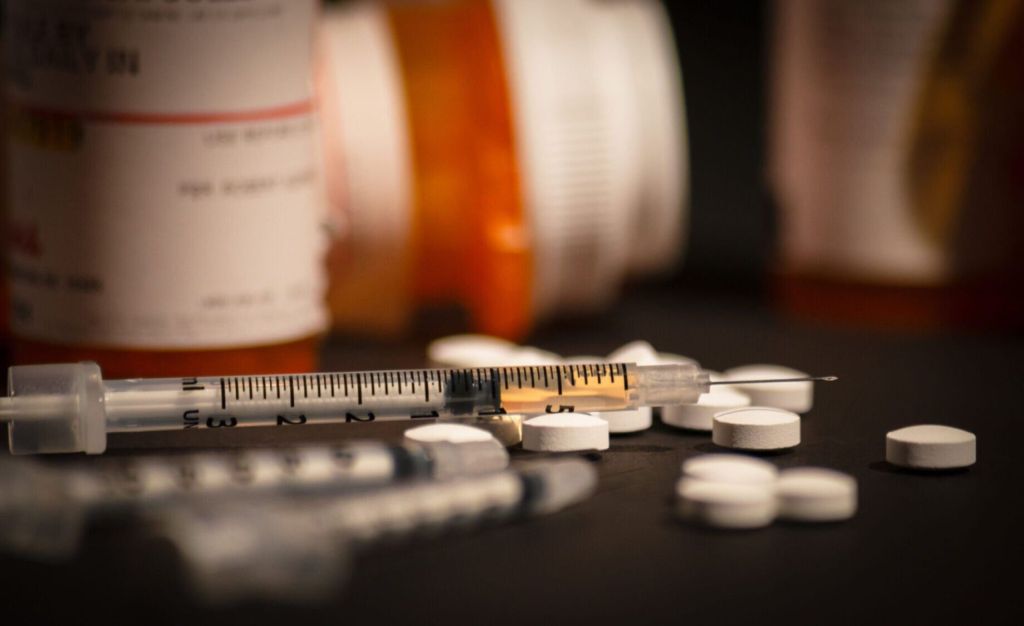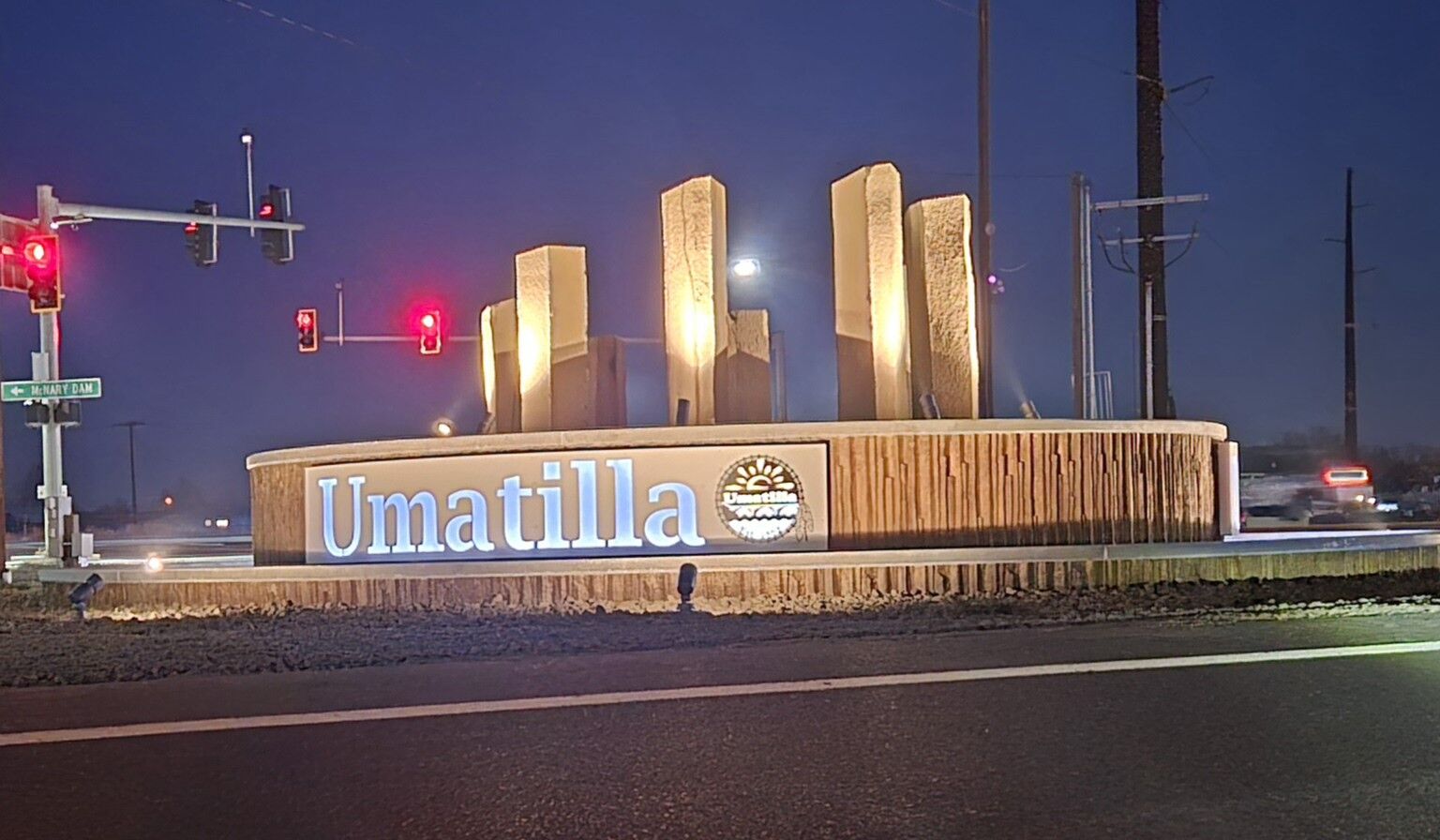Umatilla County Public Health warns about opioid overdose increase
Published 1:15 pm Wednesday, November 27, 2024

- Umatilla County Public Health issued a warning Nov. 26, 2024, about an increase in accidental opioid overdoses or poisonings — specifically fentanyl and its analogs — in the past couple of weeks.
UMATILLA COUNTY — Umatilla County Public Health issued a warning Tuesday, Nov. 26, in response to a recent increase in accidental opioid overdoses or poisonings, specifically fentanyl and its analogs.
According to the UCPH press release, there has been an uptick in local emergency room admissions and need for emergency medical services due to overdoses.
Joseph Fiumara, public health director for Umatilla County Public Health, said there was an increased number of anecdotal data and reports from medical community members in the past couple of weeks, but he was unable to provide the number of victims and overdoses.
“We’ve seen some increase over the last couple of weeks,” he said. “When we pair that with some of the anecdotal data and reports we get from some of our partners, who work directly with some of the folks and report to us similar instances, we’re sometimes able to match up with the official data and then they relay the stories they’re hearing on the streets. We kind of put that together and make an assessment.”
Since 2017, fentanyl and its analogs have grown to become the dominant opioid threat in the county.
The Oregon Health Authority Public Health Division reported in October, unintentional opioid overdose deaths in 2022 total 956, unintentional opioid overdose deaths in 2023 total 1,416 and to date for 2024 the total stands at 392.
Fentanyl can be sold as counterfeit pills, such as oxycodone, or in a powdered form, which can look like other drugs such as cocaine and methamphetamine. It can and is also being mixed with other illicit substances, such as methamphetamine, heroin or cocaine.
According to the press release, there is evidence of the presence of carfentanil in the drug supply in or around Umatilla County.
Carfentanil is a synthetic opioid fentanyl analog intended for use as a tranquilizer for large animals such as elephants. Carfentanil is about 100 times more potent than fentanyl and approximately 10,000 times more potent than morphine, the press release said.
Carfentanil has no accepted medical use for humans and is not approved outside of veterinary use. The drug typically appears as a white, odorless powder that is relatively indistinguishable from the appearance of other opioids such as fentanyl or heroin without advanced testing.
Like fentanyl, carfentanil can be sold as counterfeit pills, other drugs, or mixed into other substances.
The increased presence of fentanyl and carfentanil in the drug supply increases the risk of overdosing or poisoning for people who are experimenting with substances or who use recreationally, regardless of the intended substance used.
UCPH warns the medical community, local residents, people who occasionally use recreational or party drugs, people with an active substance use disorder and parents, family and friends to be aware of the increase in overdoses associated with illicit opioids.
Even some nonopioid substances have been found to contain potent amounts of opioids that lead to an increase in overdose, the press release said.
There is no safe way to use illicit opioids, such as fentanyl, but there are steps that can be taken to help reduce the risk of overdosing. The underground market supplying street drugs is unpredictable and inconsistent. Assume there is a risk of drug poisoning or overdosing no matter what substance is used.
-
Abstaining from drug use is the only way to eliminate the risk of overdosing. Ask questions about an individual’s readiness to seek treatment and support them as they are ready to explore options. Resources for medication-assisted treatment, drug treatment, or peer support programs can be found on the Oregon Recovers website recoverynetworkoforegon.org.
-
Calling the SAMHSA National Helpline at 800-662-4357 offers free, confidential, 24/7, 365-day-a-year treatment referral and information services in English and Spanish. These resources are available for individuals and families facing mental and or substance use disorders.
-
If you use, never use substances alone, regardless of the substance you think you are using. If this is not possible, make a safety plan that includes notifying someone you trust of your use and arranging for them to be in regular contact with you. Use the 24/7 Never Use Alone Hotline: 877-696-1996 if you don’t have someone to call.
-
Call 911 immediately when you suspect an overdose. There is no way to truly know what is in the substances purchased from the underground market and the increased potency makes medical treatment urgent. Always seek medical attention, even if you use naloxone. As naloxone wears off, the person could return to unconsciousness and stop breathing.
-
The Good Samaritan Law protects you and the person overdosing from being charged with drug possession regardless of age or probation status. Call 911.
-
Have naloxone available at all times and know how to use it. Due to the potency of the substances, it may require more than one dose of naloxone to reverse the overdose, but naloxone is effective. It is important to wait 2-3 minutes between each dose and only give doses until the individual begins breathing on their own even if they have not regained full consciousness. Naloxone only reverses overdoses from opioids but should be used regardless of the substance you think was taken due to the unknown mixing of substances in the supply.
-
Naloxone is available at the Eastern Oregon Center for Independent Living, Community Outreach Prevention and Engagement Services, or COPES, and the Umatilla County Public Health Department. Naloxone also is available through Project Red at shorturl.at/lAOsz. Naloxone also can be purchased over the counter at local pharmacies.
-
People who haven’t used opioids in a while or have never used before are at an increased risk of overdosing. Know your tolerance and use less.
-
Low- and no-barrier harm reduction supplies and services are available through EOCIL and COPES.








